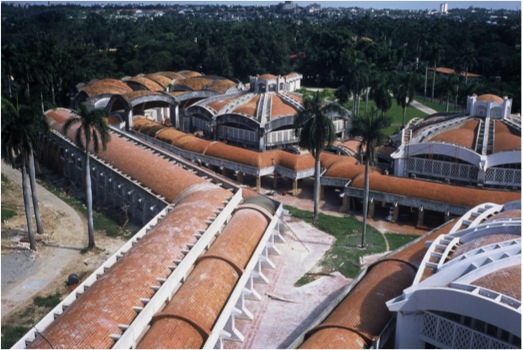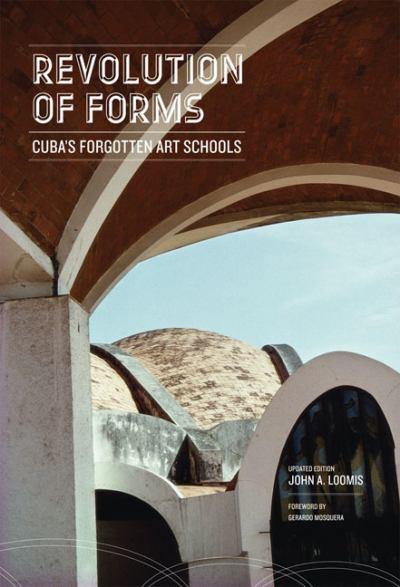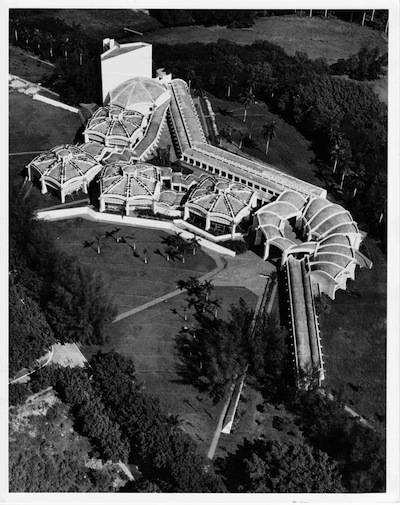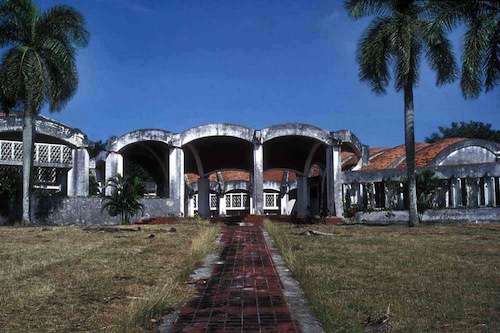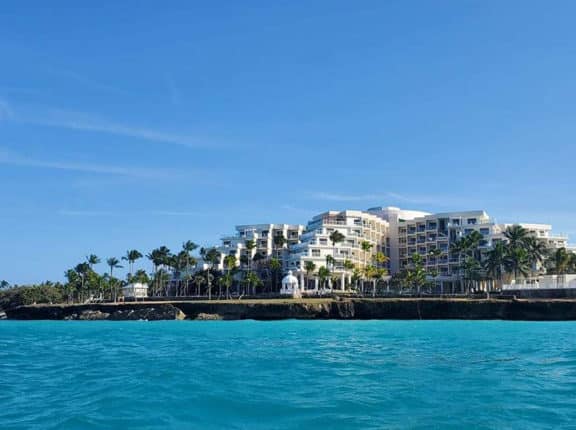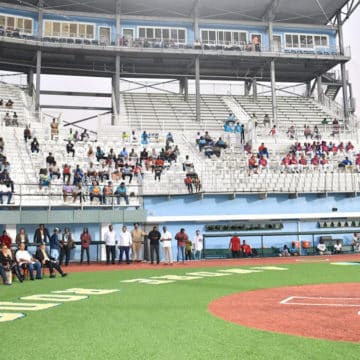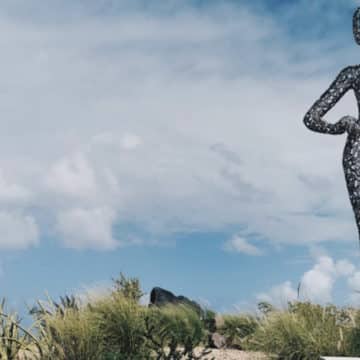This article originally appeared in Untapped Cities.
By Albert José-Antonio López
Twelve years have passed since Princeton Architectural Press first published John Loomis’s Revolution of Forms: Cuba’s Forgotten Art Schools. In the time that has passed since its humble introduction to the architectural world, landmark events have occurred both here in the United States as well as in Cuba, the setting of this book’s story, that may forever change the course of history for the Art Schools of Ricardo Porro, Roberto Gottardi and Vittorio Gottardi. Of primary focus for us here is the role that the book has had on the public’s conscious, both in the Antillean metropolis and abroad. Within months of its release, serious discussion was generated about the troubled history of the Schools, their fall from official grace in 1965 and resulting neglect and ruin, and the possibilities of their restoration and even completion. As the preface to the updated edition mentions, even Fidel Castro had managed to obtain a copy, prompting him to declare his unequivocal love for the buildings at a conference in 1999 and the necessity to “finish the schools – but completely!”
Of course, the schools remain unfinished. Numerous overtures have been announced, such as their addition to the World Monuments Fund Watch List in 2000 as well as their inclusion in the list of National Monuments by the Cuban Government in 2010. Though a partial restoration occurred earlier in the past decade, the completion of the complex has not been achieved for a variety reasons ranging from the practical to the political. In an island nation with limited resources due to homegrown structural inefficiencies, a fifty-year-old economic blockade imposed by its neighbor to the north, and list of new construction priorities that are aimed chiefly at the country’s emerging tourist economy, the schools have managed to remain by the wayside – at least in terms of the brick and mortar realities that it requires.
This has not stopped the cultural and artistic construction of the building’s legacy and image, however. As Loomis mentions in the epilogue, it has spawned numerous projects amongst Cubans and non-Cubans alike. Cuban performance artist Felipe Dulzaides began his provocative project Utopía Posible back in 2004 along with the help of Gottardi, the architect of the School of Dramatic Arts. Since then, the projected was taken to the Gwangju Biennale in 2008 and was reconstructed at the Havana Biennale in 2009. In North American circles, the schools have continued to attract much attention from a public that continues to be mystified by the unattainable island just 90 miles away from its southern-most tip. San Francisco area-based filmmaker Charles Koppelman was inspired by the schools’ story and sought a medium that would unify all of the arts embodied in the schools. His work, an opera in five acts entitled Revolution of Forms, after the book, was partially previewed in May 2010 at New York Opera’s VOX series. Most recently, the story has been retold by Alysa Nahmias, a former undergraduate at New York University. Her film, co-directed by Ben Murray and appropriately titled Unfinished Spaces, recently screened at the IFC centre and will continue to be distributed limitedly until an as-of-yet announced broader release.
It is this growth in the School’s recognition, combined with Cuba’s entry into the market economy and the recent relaxation of travel restrictions by the Obama administration that have made the release of the updated edition so timely. Revolution of Forms: Cuba’s Forgotten Art Schools is an impressive text that artfully manages to display the need for its chief mastermind, Ricardo Porro, to anthropomorphize, humanize and sexualize the cultural hopes and struggles that had embodied the early period of the Revolution. In addition, it dramatically portrays the struggle between aesthetics, ideology, culture and politics that led to its abandonment by the Cuban government so many decades ago. With its novel-like prose, wealth of literary quotes and rich interweaving of personal accounts, it has become the embodiment of a style reflective of the schools themselves– narrative driven and enriched by timeless traditions and human values. In addition, with its lush color illustrations in the first pages, vividly portraying the baroque imagery of a forgotten fairytale of earthen breasts and vine covered entrails, it has effectively triggered an uncontrollable nostalgia for a lost city and an almost forgotten dream.
Albert Jose-Antonio Lopez is a student of Critical, Conceptual and Critical Studies of Architecture at Columbia University. His work involves the analysis and critique of the evolving architectural narrative of pre-revolutionary Cuba.

